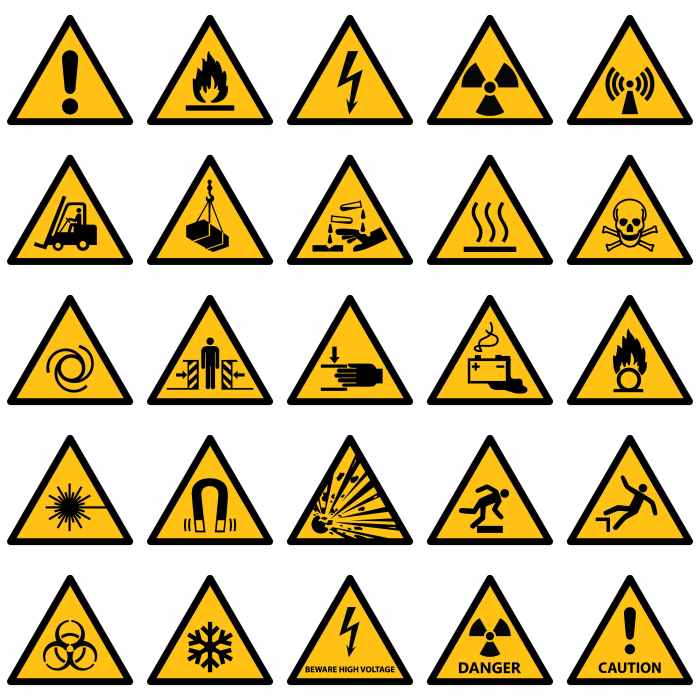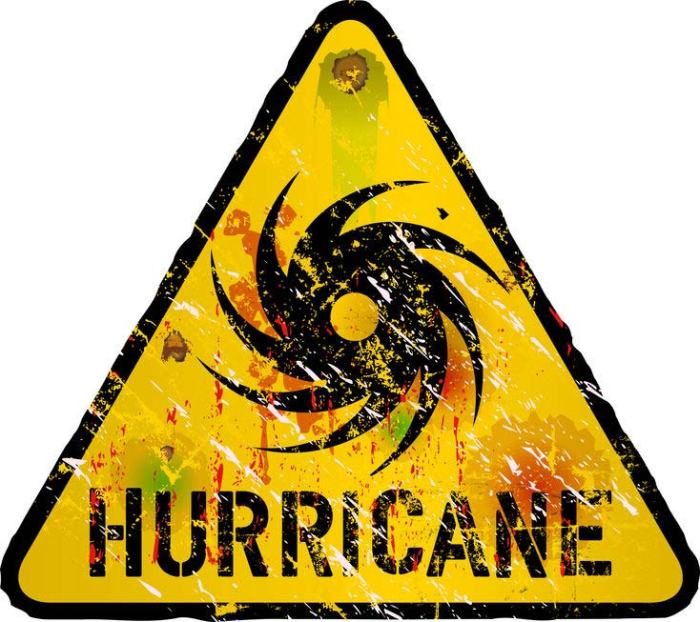Las señales de advertencia normalmente son indicadores sutiles pero cruciales que nos alertan sobre peligros potenciales o problemas inminentes. Reconocer e interpretar estas señales es esencial para tomar medidas preventivas y mitigar riesgos.
Al comprender los tipos, causas y consecuencias de las señales de advertencia, podemos desarrollar estrategias efectivas para prevenir su aparición y responder adecuadamente cuando surjan.
Common Warning Signs: Las Señales De Advertencia Normalmente Son

Warning signs are indications of potential problems or risks that require attention. Recognizing and responding to warning signs is crucial for preventing or mitigating negative consequences.
Common examples include:
- Physical symptoms: pain, fatigue, dizziness
- Behavioral changes: irritability, withdrawal, aggression
- Emotional distress: anxiety, depression, mood swings
- Cognitive impairments: memory loss, confusion, difficulty concentrating
- Interpersonal difficulties: conflicts, strained relationships
Ignoring warning signs can lead to:
- Exacerbation of problems
- Delayed or ineffective treatment
- Increased risk of harm
Types of Warning Signs
Warning signs can be categorized based on their:
- Severity:Minor, moderate, severe
- Imminence:Immediate, short-term, long-term
- Source:Internal (e.g., physical symptoms) or external (e.g., environmental hazards)
- Context:Personal, social, occupational, etc.
The following table provides examples:
| Warning Sign | Category |
|---|---|
| Chest pain | Severity: Severe, Imminence: Immediate, Source: Internal |
| Withdrawal from social activities | Severity: Moderate, Imminence: Short-term, Source: Behavioral |
| Falling asleep at work | Severity: Minor, Imminence: Long-term, Source: Cognitive |
| Workplace bullying | Severity: Moderate, Imminence: Short-term, Source: External |
Causes and Triggers

Warning signs can be caused by:
- Underlying medical conditions
- Psychological distress
- Social or environmental stressors
External factors can trigger warning signs, such as:
- Traumatic events
- Major life changes
- Environmental hazards
- Interpersonal conflicts
Prevention and Mitigation

Warning signs can be prevented or mitigated by:
- Addressing underlying causes
- Developing coping mechanisms
- Creating supportive environments
Steps for implementing prevention and mitigation measures:
- Identify potential warning signs
- Develop a plan to address each warning sign
- Educate others about warning signs and their importance
- Provide support and resources to individuals at risk
- Monitor and evaluate the effectiveness of prevention and mitigation measures
Communication and Response
Effective communication of warning signs is crucial for:
- Raising awareness
- Seeking help
- Implementing response plans
Methods for communicating warning signs:
- Public education campaigns
- Training and education for professionals
- Community outreach programs
- Media and social media
Framework for developing a response plan:
- Identify potential warning signs
- Establish a clear communication protocol
- Develop a response plan for each warning sign
- Train personnel on the response plan
- Implement the response plan and monitor its effectiveness
Questions Often Asked
What are some common types of warning signs?
Warning signs can be physical, behavioral, or environmental. Physical signs may include changes in appearance, such as swelling or discoloration. Behavioral signs may include changes in mood, such as irritability or withdrawal. Environmental signs may include changes in the workplace or home environment, such as increased noise or clutter.
Why is it important to recognize warning signs?
Recognizing warning signs allows us to take early action to prevent or mitigate potential risks. By addressing problems at an early stage, we can reduce the likelihood of severe consequences.
What are the potential consequences of ignoring warning signs?
Ignoring warning signs can have serious consequences, including physical harm, financial loss, or reputational damage. It is crucial to pay attention to these signals and take appropriate action to protect ourselves and others.